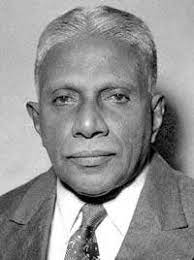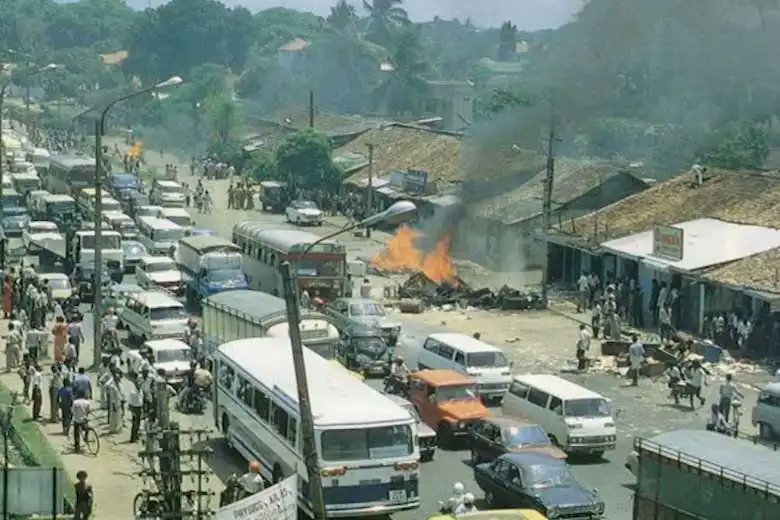In our continued look at #protests and past civil disobedience in our #history, today we're covering the May Day Rallies and labour strikes of early 19th century #srilanka and seeing what we can learn from their success...
#GoHomeGota2022 #EconomicCrisisLK #GotaGoGama #lka


#GoHomeGota2022 #EconomicCrisisLK #GotaGoGama #lka



The origins of these labour protests can be traced back to colonial rule. Many low-class native Sri Lankans worked in factories and estates while British business owners simply managed their monopolies. Wages were low, hours were long, and little to no facilities were provided. 



Across the globe during the 19th, people in these circumstances began demanding better rights. Many were inspired by the ideas of the ideals of the Buddhist Theological Society and the Sarasavi Sandaresa, the first unions were formed and teachers began striking in the 1890s. 

However, efforts took a new stage when A. E. Gunasinha entered the movement as the leader. He was determined to changed the 12-hour working conditions and less than Rs. 1.00 wages of the working class. In 1922, he orginised Ceylon's first trade union (Ceylon Labour Union). 





In Feb 1923, Gunasinha staged the Government Railway Strike to improve worker salaries. 25K workers attended the protest lasted 8 weeks It was successful in gaining a 20% salary increase and sick leave rights. However, the government severely punished those who were involved. 





In 1927, continued efforts led to another successful strike for Colombo Harbour workers, leading to a 25 ct. wage increase.
Another strike occurred in 1929 when Tram Workers abandoned their post. Police clashed with strikers. Eventually, they were forced to come to a settlement.
Another strike occurred in 1929 when Tram Workers abandoned their post. Police clashed with strikers. Eventually, they were forced to come to a settlement.

In 1931, the first State council election occurred where all Sri Lankans could vote. Gunasinha was elected to the serve the Colombo central electorate. This was seen as a historic step toward real political change. 





Then, in 1933, Gunasinha led his historic May Day rally where he marched from Price Park to #GalleFace. People wore red and white outfits and sang working class songs along the way. This would lead to May 1st becoming a national holiday in Sri Lanka. 

The history of Sri Lanka's labor movement and the of May Day serves as an important example of what successful civil disobedience looks like.
It wasn't easy but there was still a general optimism in the face of hardship as people felt a sense of unity toward one goal.
It wasn't easy but there was still a general optimism in the face of hardship as people felt a sense of unity toward one goal.

When we look back, let's apply what we learn to today. Change often takes time, but if we can keep optimism up and unity strong, we can make changes that can eventually lead to our success. 





• • •
Missing some Tweet in this thread? You can try to
force a refresh




























